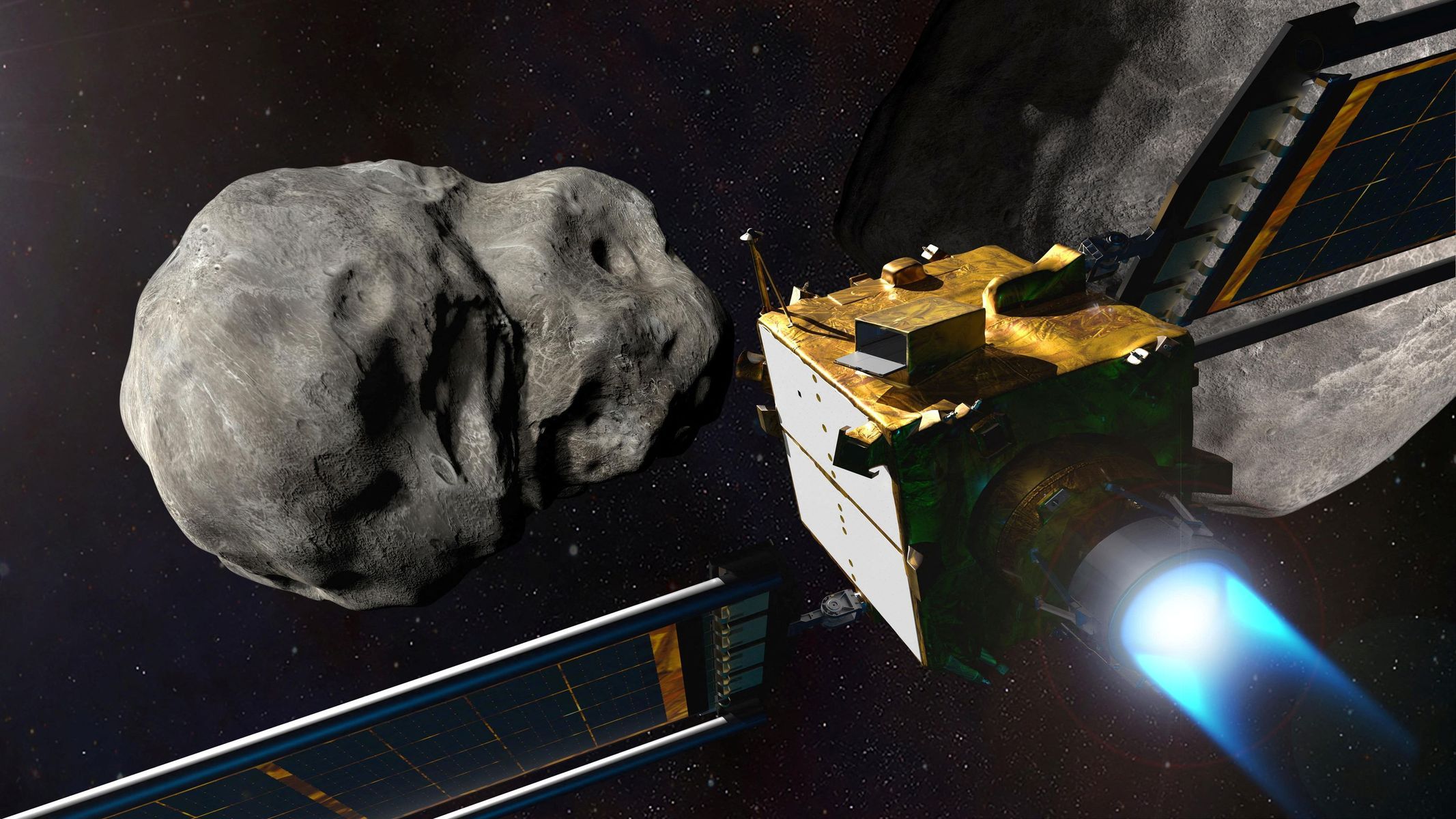The DART probe of the American space agency NASA hit the moon of the planet Didymos on Tuesday as planned, it was the first test of Earth’s defense against a space body.
This asteroid posed no danger to Earth. NASA will find out in a few days or weeks if and how it managed to change its trajectory. NASA reported this on Twitter. Scientists from the Czech Republic will also help with the analysis of photometric data obtained after the impact of the DART probe.
“No, this is not the plot of a movie like the one we saw in Armageddon, for example,” said NASA chief Bill Nelson of the experiment, in which for the first time scientists are testing a procedure known only by. disaster films. The goal of the experiment is to change the trajectory of a space body that could be dangerous for the Earth.
The test took place about 11 million kilometers from Earth, the probe hit the moon Dimorphos, which has a diameter of about 160 meters, at a speed of 6.6 kilometers per second. The NASA team witnessed the impact live transmission was also broadcast on twitter.
After the impact, NASA scientists burst into cheers and cheers. The probe signal was interrupted immediately after the impact. The images of the collision would have been captured by the small LICIA satellite, which separated in time before the impact.
“The dinosaurs didn’t have a space program to help them figure out what was going to happen, we do,” NASA expert Katherine Calvin said from the AP.
In terms of size, the planet Didymos and its moon are dwarfs compared to the body that fell into the current Gulf of Mexico some 66 million years ago, leaving behind a large crater and, according to scientists, killed three-quarters of the then fauna. and flora on Earth. However, smaller asteroids are much more common in space and, according to scientists, they are more likely to threaten Earth.
The Double Asteroid Redirection Test (DART) probe was launched last November. The team from the Astronomical Institute of the Czech Academy of Sciences also contributed to the preparation of this NASA mission. Planet Didymos was discovered by American astronomers at the Kitt Peak Observatory in Arizona in 1996.
The presence of the moon Dimorphos was discovered in 2003 by a Czech-American team led by Petr Pravec, who works at the Ondřejov observatory. The Czech scientists then made precise photometric measurements between 2015 and 2021. Using these and other data, the experts created a model of the system and predicted the position of the moon relative to the planet at the time of the spacecraft’s impact.
–

